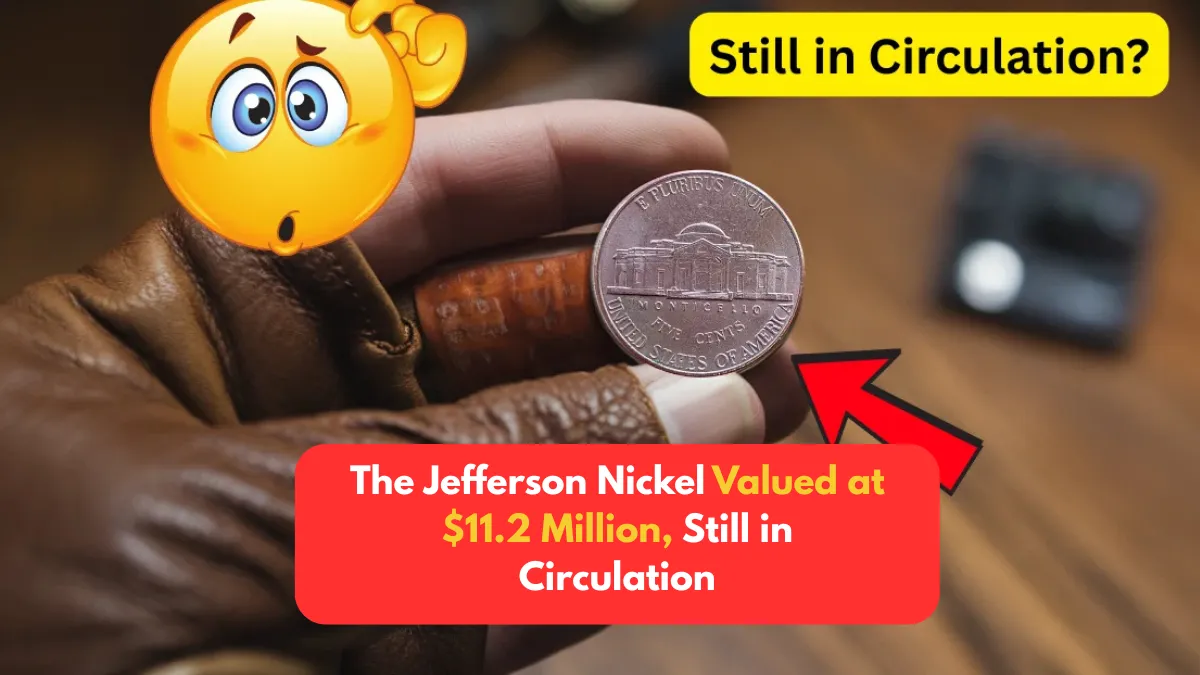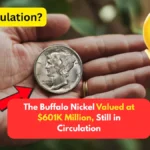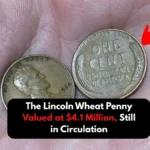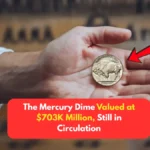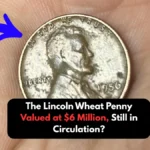It’s hard to believe that a simple 5-cent coin could be worth more than $11.2 million, but that’s the buzz among coin collectors and treasure hunters. The Jefferson Nickel, a staple of American pocket change since 1938, may seem ordinary—but a few rare varieties are worth more than a mansion.
The idea that a 5-cent coin could be valued at over $11.2 million sounds unbelievable, yet this is the excitement in the world of coin collecting and treasure hunting. The Jefferson Nickel, which has been a common part of American currency since its introduction in 1938, typically appears very ordinary. However, certain extremely rare versions of this coin have become incredibly valuable, sometimes even worth more than luxury homes.
One of these rare Jefferson Nickels, believed to be still out there in the wild, has fetched a jaw-dropping $11.2 million at auction. Could you have one in your coin jar?
Among the rare Jefferson Nickels, one particular coin is rumored to still exist somewhere and has sold at auction for an astonishing $11.2 million. This incredible price tag has caught the attention of collectors and enthusiasts alike, sparking curiosity about whether someone might unknowingly own such a treasure in their own coin collection or spare change.
A Brief Overview of the Jefferson Nickel
The Jefferson Nickel was first produced in 1938 as a replacement for the Buffalo Nickel. It features Thomas Jefferson’s portrait on the front (obverse) and an image of his historic home, Monticello, on the back (reverse). Most of these nickels are made primarily of copper and nickel, although during World War II, some versions were made with silver. While most Jefferson Nickels hold only their face value, certain rare editions, unusual errors, and unique compositions have turned some into highly valuable collector’s items.
Why One Jefferson Nickel Is Worth $11.2 Million
The astonishing $11.2 million value is linked to either of two very rare Jefferson Nickels. One is the 1942-D Over Horizontal D Nickel, which was minted in Denver and features a rare error where a “D” mint mark was struck over a sideways “D.” Common examples of this coin are worth hundreds, but one in perfect condition, with full steps and mint state quality, has fetched millions.
The other contender is the 1964 Jefferson Nickel with Full Steps and an SMS (Special Mint Set) finish. This coin was never publicly released, has razor-sharp details, a mirror-like surface, and fewer than five known examples exist. One such coin sold for $4.5 million, while another is rumored to have sold privately for $11.2 million.
What Makes a Jefferson Nickel Worth Millions?
Several key features determine whether a Jefferson Nickel can command such a high value. These include the date and mint mark, with rare years like 1939-D, 1942-D, 1950-D, and 1964 SMS being most sought after. Mint marks can be “D” for Denver, “S” for San Francisco, or no mark for Philadelphia.
Errors like overstrikes, doubled dies, and off-center strikes add rarity. The coin’s condition is crucial — uncirculated and mint state grades (MS-65 or higher) with full steps on Monticello significantly increase value. Special finishes, especially the satin or SMS-like surfaces found on the 1964 nickel, also contribute to their exceptional worth.
How to Identify a Rare Jefferson Nickel
To spot a potentially valuable Jefferson Nickel, start by examining the date and mint mark carefully under magnification. Look closely for “Full Steps” on Monticello’s design, meaning the lines on the building’s steps are sharp and unbroken — usually five or six visible steps are needed.
Assess the coin’s condition for any scratches, wear, or discoloration, which can reduce value. Weigh the coin as well; a standard Jefferson Nickel weighs about 5.00 grams, so any deviation might indicate an error. Using a magnet and magnifying glass can help in this initial examination process.
What to Do If You Think You Have One
If you suspect your Jefferson Nickel might be one of these rare and valuable coins, avoid cleaning it, as this can dramatically lower its worth. Instead, store it safely in a protective coin holder. Have the coin authenticated by a respected grading service such as PCGS or NGC to confirm its rarity and condition.
Seek advice from a professional numismatist or a reputable auction house experienced with rare coins. Finally, consider insuring the coin, since something potentially worth millions should be well protected.
The Legacy of the Jefferson Nickel
Although most nickels are simply spent and forgotten, these rare Jefferson Nickels tell fascinating stories about minting errors, secret special sets, and hidden moments in U.S. history. What seems like a simple five-cent coin is actually a window into the complexities and surprises of coin collecting. For a lucky few who discover one of these ultra-rare nickels, the coin isn’t just change—it’s a priceless treasure.
Final Thoughts
Is it really possible for a nickel, a coin worth just five cents in everyday transactions, to be valued at $11.2 million? The answer is yes — when the coin is extremely rare, historically important, and perfectly preserved. The elusive Jefferson Nickel that reached this incredible price serves as a powerful reminder to always check your change carefully and never underestimate the coins you carry in your pocket.
